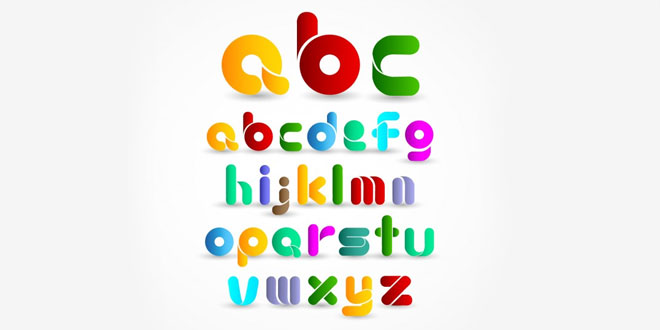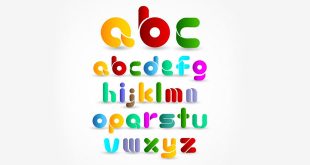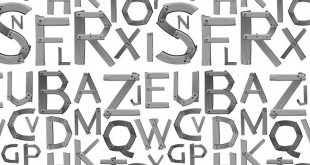How To Use A Colon
As with all other punctuation marks, a colon can be used effectively in many different ways. The colon informs the reader that what follows in the sentence proves, explains or lists out the idea behind what was stated before the mark. A significant Italian scholar Luca Serianni defined and developed the colon. He identified four modes for it, viz. syntactical-deductive, syntactical-descriptive, appositive and segmental. Although this categorization was meant for the Italian language, it can also be well integrated into English. Besides these four main uses, the colon has many other small but important applications in our daily life.
Syntactical-Deductive (Usage Of Colon)
In this rule, the colon introduces a logical sequence or the effect of the fact stated before the colon. When the second independent clause explains or summarizes a preceding independent clause, a colon is used to separate them. For e.g.,
- There is a vital issue every chef has to consider: Will the souffle rise properly or dramatically collapse in front of the guests?
- So far so good: The souffle looks as if it is going to rise impressively. The guests are not going to get disappointed.
Syntactical-Descriptive (Usage Of Colon)
A Syntactical Descriptive introduces a description based on the idea of the clause or sentence before the colon. It helps in strengthening connections. The text after the colon emphasizes the point mentioned in the text before the colon, and juxtaposing a colon in between the two clauses or sentences helps in saving on words in a very elegant and concise manner. Instead of a sentence or a clause before the colon, a fragment or phrase can also be used. For e.g.,
- A poor homeless 8-year-old child was sentenced to 6 months in prison. His crime: stealing a few apples and some bread to feed his starving brothers and sisters.
- I have three sisters: Catherine, Sarah, and Mary.
Appositive
The colon introduces an appositive independent clause. The sentence after the colon is in apposition to the sentence or clause before the colon. For e.g.,
- The colon was not necessary: I deleted it.
- Always apply the Golden Rule: Do unto others as you would have others do unto you.
Segmental
A segmental colon, like a dash or a quotation mark, introduces speech. It is a method of indicating an unmarked quotation on the same line. This form is used in written dialogue like plays. The colon, in this role, indicates that the text following the person’s name was spoken by the particular individual. For e.g.,
- Benjamin Franklin proclaimed the virtue of frugality: A penny saved is a penny earned.
Introducing A List
Usage of a colon after a complete sentence, to introduce a list of items, is the most common phenomenon. In this case, the preceding statement generalises the list elements that follows it. If the list is being written in a vertical form a colon should be placed after the introductory sentence. For e.g.,
- Your dishes will be judged on the basis of four criteria: taste, culinary level, cooking skill and presentation.
- The contestants prepared the following kinds of ethnic dishes: Goulash Sauerkraut Empanadas Beef Bourguignon
Other Usage Of Colon
- A colon is used to separate numbers in a ratio when they are written in the number form (not word format). For e.g., Chef Roberto defeated Chef Castellans 4 :1 (four to one) at the regional cook-offs.
- Hours, minutes and seconds are separated by using a colon. For example, The marathon winner passed the finishing line at 2:23:05.
- The colon can be used to separate the main title from the subtitle in books. For e.g., Casseroles for the Soul: A Comprehensive Guide to Family Cooking. Also, The Evolution of Cajun Cuisine : A Socio-Historical Perspective.
- Separating the chapters and verses in Bible and Quran is done using the colon. For e.g., Look it up in Psalms 14: 4-8 and compare to Genesis 23, 23-24.
- Colons are also used in memos. For example., Date: December 30, 2007 To: Elizabeth Masters-Johnson From: Herbert Excelsior-Smites Re: Culinary Institute – Student Programs
- The colon can be used after the salutation of a business letter. For e.g., Dear Dr. Marcos:, To whom it may concern:, Dear Madam: etc.
Conventions Of Usage Of Colon
- Leave one space after the colon
- When the colon appears after quoted text, it should be placed after the closing quotation mark.
- When a colon appears after an italicised text, italicise it as well.
- The text after the colon should start with an uppercase or lower case letter. Again, whatever you choose, you must follow it consistently. But the text should be capitalized if the colon introduces a new sentence, a dialogue or a quote.
A colon, as simple it is, can serve a lot more purposes than just indicating a following list of items. As with other punctuation marks, when used judiciously, a colon can add meaning and beauty to written text. Use it wisely: colons are important.
 Class Notes NCERT Solutions for CBSE Students
Class Notes NCERT Solutions for CBSE Students


